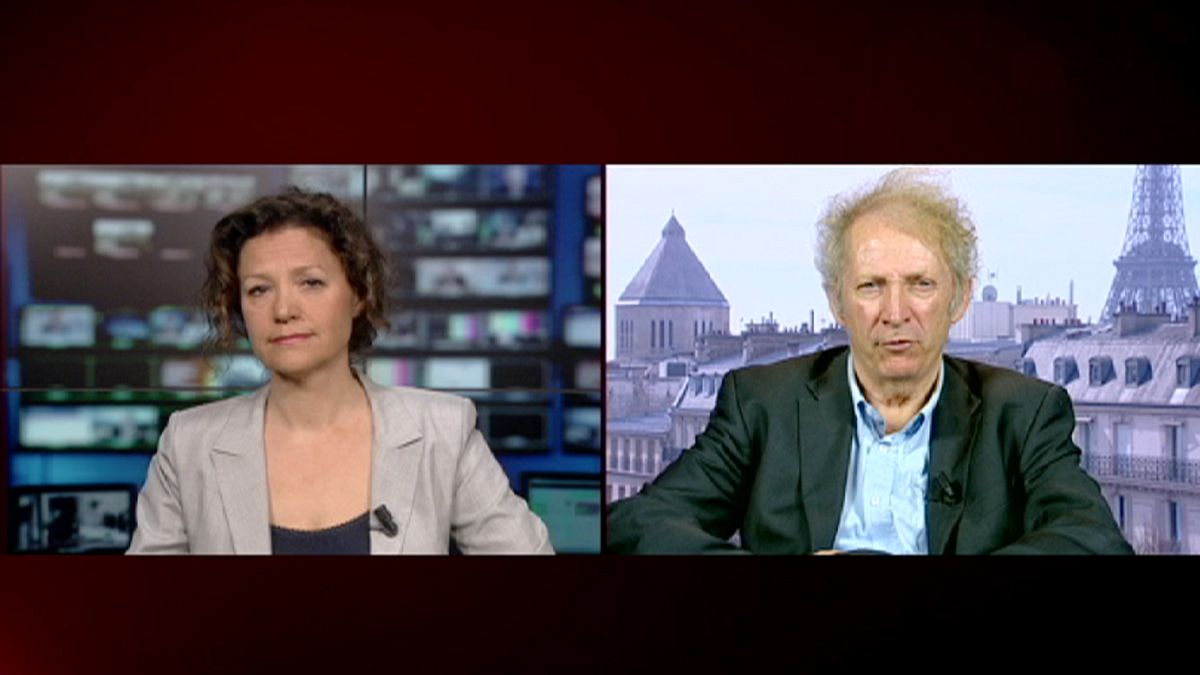How could a passenger jetliner just go missing? Until the mystery of Malaysia Airlines MH370 is solved, the families of the disappeared cannot rest.
It was a night flight with 239 on board. Business people, Chinese tourists and students leaving Kuala Lumpur for Beijing made up most of the manifest on 8 March. It had just gone twenty to one in the morning when the Boeing 777 took off.
It was a so-called ‘red-eye’ flight, leading to speculation that, at this time of night perhaps no one would have noticed that somebody had changed the plane’s heading.
Aviation experts say that person was executing a precise plan. Shortly after leaving Malaysia’s capital, the aircraft crossed an area where Vietnamese air traffic controllers take responsibility.
It was here that the transponder would be turned off — the device that identifies planes to the ground.
Technically and practically, the timing would mean neither country’s controllers would feel cause for alarm that MH370 had just gone dark.
At 19 minutes after one they heard the last voice on radio — it’s believed it was the co-pilot — a relaxed-sounding: “All right. Good night.”
Two minutes later, the easily-accessed transponder was deactivated.
Investigators say that another system, called ACARS, that transmits maintenance data, was disabled by around half past one. This required more knowledge to do, and the circuit-breakers are reached through a hatch that is not even in the cockpit.
The authorities say that the last trace of the plane was on military radar around 300 kilometres northwest of Malaysia, at a quarter past two in the morning.
The military said no measure was taken, since it didn’t appear hostile, and the government only admitted the trace the next day after the hunt for MH370 had been launched along its original trajectory — which wasn’t northwest.
Gradually, as nothing turned up day after day, on any point of the compass, several countries’ resources were spread from Central Asia to the south of the Indian Ocean, an expanse bigger than Australia.
Euronews spoke to Gérard Feldzer, an aeronautical expert and former Air France pilot, who is just as challenged to figure out the events before and after as anyone.
Gérard Feldzer: “Well, it’s a gripping story with a great deal of chaotic communication. The theory of a major accident and loss of control of the aircraft I’m not ruling that out. Hijacking, yes, why not. We could picture that, having pirates on board, a bomb also. Action by the pilots is something that has happened before. There are cases of suicide in the past 40 years, although that is a little more tenuous. As for the great conspiracy put forward by Murdoch, king of American media, who imagines that the pilot landed on a small air strip and they hid the plane with palm leaves… there, we really are in another world.”
euronews: “At 19 minutes past one in the morning, local time, 38 minutes after take-off on 8 March, the last spoken words recorded from the helm were: ‘All right good night.’ What could have happened afterwards?”
Feldzer: “We’re told that the transponder was then switched off. It would have to be proven that was voluntary. It means the plane was on radar — a blip on a radar screen with a label identifying the plane, with its altitude and so on given by the transponder. That disappeared from radar screens. But it could also have been a mid-flight explosion which took out absolutely everything, or a fire, or a major power blackout.”
euronews: “You think the explosion hypothesis is still viable? In that case, wouldn’t wreckage have been found?”
Feldzer: “I would point out that six days elapsed before wreckage from the Rio-Paris flight was found, even though we knew its exact last position. It’s not unthinkable that we might find something 12 days later. Now, the same thing could have happened as with Japan Airlines a few years ago, where they lost control of the plane but tried to recover it some time later, and in the end they couldn’t. It might be somewhere else, too. One can’t just keep looking at the foot of a lamp post because that’s as far as the light reaches. As for trying to bring the plane down in the sea, that could be an option, one might be driven to do that out of desperation and the aircraft does not necessarily break up — we saw that on the Hudson River in the US, and then the plane sank.”
euronews: “The searches have concentrated on two air corridors in the region, over an area of more than seven million square kilometres, as people have said, like looking for a needle in a haystack. Can a plane like this be concealed?”
Feldzer: “It is a very large area, and it is extremely complicated to find it. It’s a game of hide and seek or a poker game, because there are spy radars that exist. We know perfectly well what’s flying around in any given region of the world. Since we are capable of finding a Bin Laden with his mobile phone today, it doesn’t make sense that we can’t find a 300 tonne airplane. But information from the Americans, the Russians and the Chinese is let out on a drip feed, because they don’t want to expose their strategic capacities. They don’t want to reveal that they know everything about everybody.”
